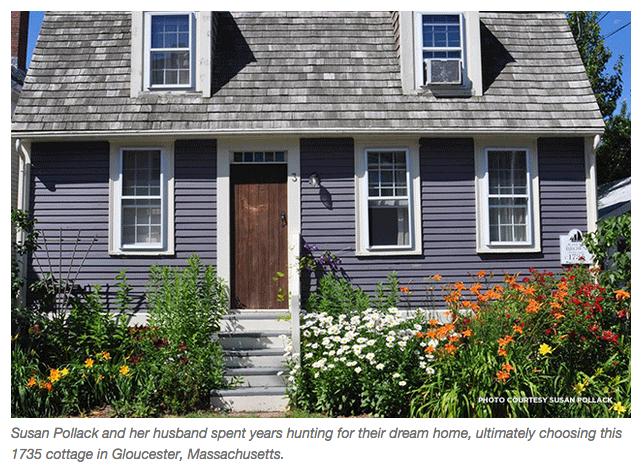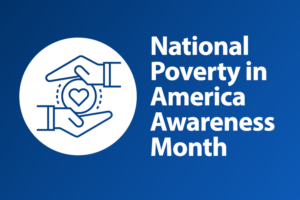Sarah Ford | November 18, 2014
This Old House: Fisherman Brown’s Cottage
By Susan Pollack
The day my husband and I bought our house, the real estate agent gave us a loose-leaf binder with copies of maps and deeds dating back to 1735, when a fisherman named Joseph Brown built the Cape Ann Cottage.
For years we had looked at houses. We’d hoped to find a roomy, if neglected, Victorian that, with our efforts, might one day resemble one of the Gloucester houses celebrated by Edward Hopper. But “an antique?” That’s how our agent described the tiny gambrel-roofed cottage. Seeing its exposed adze-hewn beams, wide pine floorboards and fireplace, we said yes immediately.
I had lived in other people’s homes all of my adult life. Suddenly, I was not only a homeowner, but a steward of a piece of Cape Ann history. What does it mean to acquire a building with an historic marker posted on its clapboards? Does one’s responsibility go beyond keeping cedar shingles on the roof and a satellite dish off it? When you buy a house, do you inherit a responsibility to its history as well?

Get Resources and Insights Straight To Your Inbox
Explore More Articles
Open Position: Customer Service Coordinator (Remote-Part Time)
Position Title: Customer Service Coordinator (Remote – Part Time) Department: Charitable Funds Management Solutions We are a non-profit charitable organization looking for skilled individuals who…
Read ArticleGet Resources and Insights Straight To Your Inbox
Receive our monthly/bi-monthly newsletter filled with information about causes, nonprofit impact, and topics important for corporate social responsibility and employee engagement professionals, including disaster response, workplace giving, matching gifts, employee assistance funds, volunteering, scholarship award program management, grantmaking, and other philanthropic initiatives.




